My family took a road trip to New York recently, but honestly, driving through Pennsylvania felt like a whole other vacation. We stopped at Valley Forge, a Revolutionary War encampment, on the way.
I adore my family’s history and my mom’s side is extremely varied, from Puritans to Catholics, patriots to loyalists. At least two of my ancestors, including my six-times great grandfather, served at Valley Forge in the Rhode Island regiments. Getting to walk the ground they walked, see reconstructions of where they likely slept and admire monuments erected in their memories was truly an incredible experience and nearly moved me to tears. However, you don’t need to be descended from someone who served at Valley Forge to appreciate this testament to our war for independence.
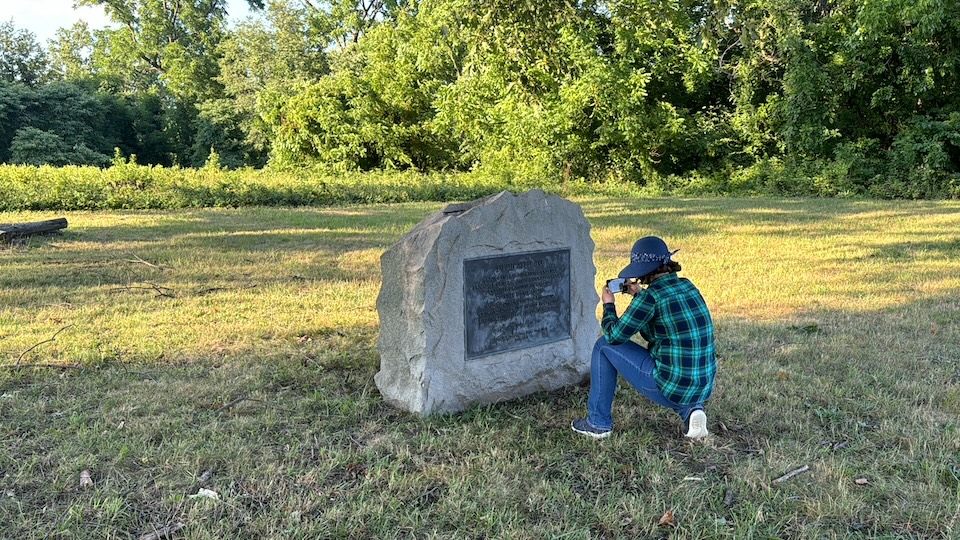
Valley Forge is less than an hour away from Philadelphia, anywhere from 30- to 45-minutes. If you’re in the Philadelphia area, I highly recommend stopping at Valley Forge. It is truly a beautiful national park and a wonderful place to get outdoors. The woods there are very different from our native woods in Missouri and many paths wind through the trees. There are more than 35 miles of trails suited for walking, biking and even horseback riding. We saw many people enjoying the trails, including plenty of joggers. The park is also open year round. Imagine visiting in the winter and seeing the conditions the encampment is famous for covered by a blanket of snow.
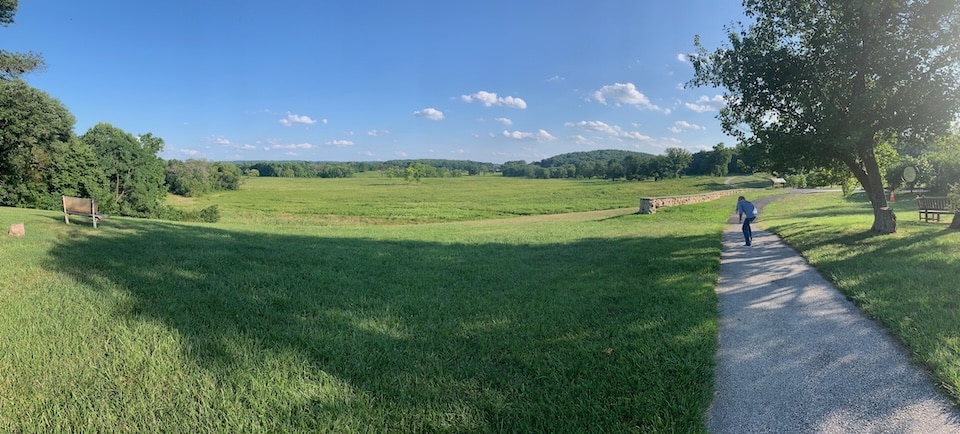
To truly see everything Valley Forge has to offer, I think it’s best to plan for a full day, especially if you plan on walking the trails. If you have limited time at Valley Forge, I highly recommend seeing Washington’s quarters and the monuments. The park can be a little confusing due to lack of signs, but there are many sights we stumbled upon that don’t seem to be mapped. I will say that research beforehand is important because many of the plaques along roads and trails have been rendered illegible by the elements. Actually, it was surprising how run down some things looked, and the lack of signs explaining locations was annoying. As my mom said, Valley Forge isn’t Yellowstone, one of the most visited national parks. The general public tragically doesn’t have the same interest in it.
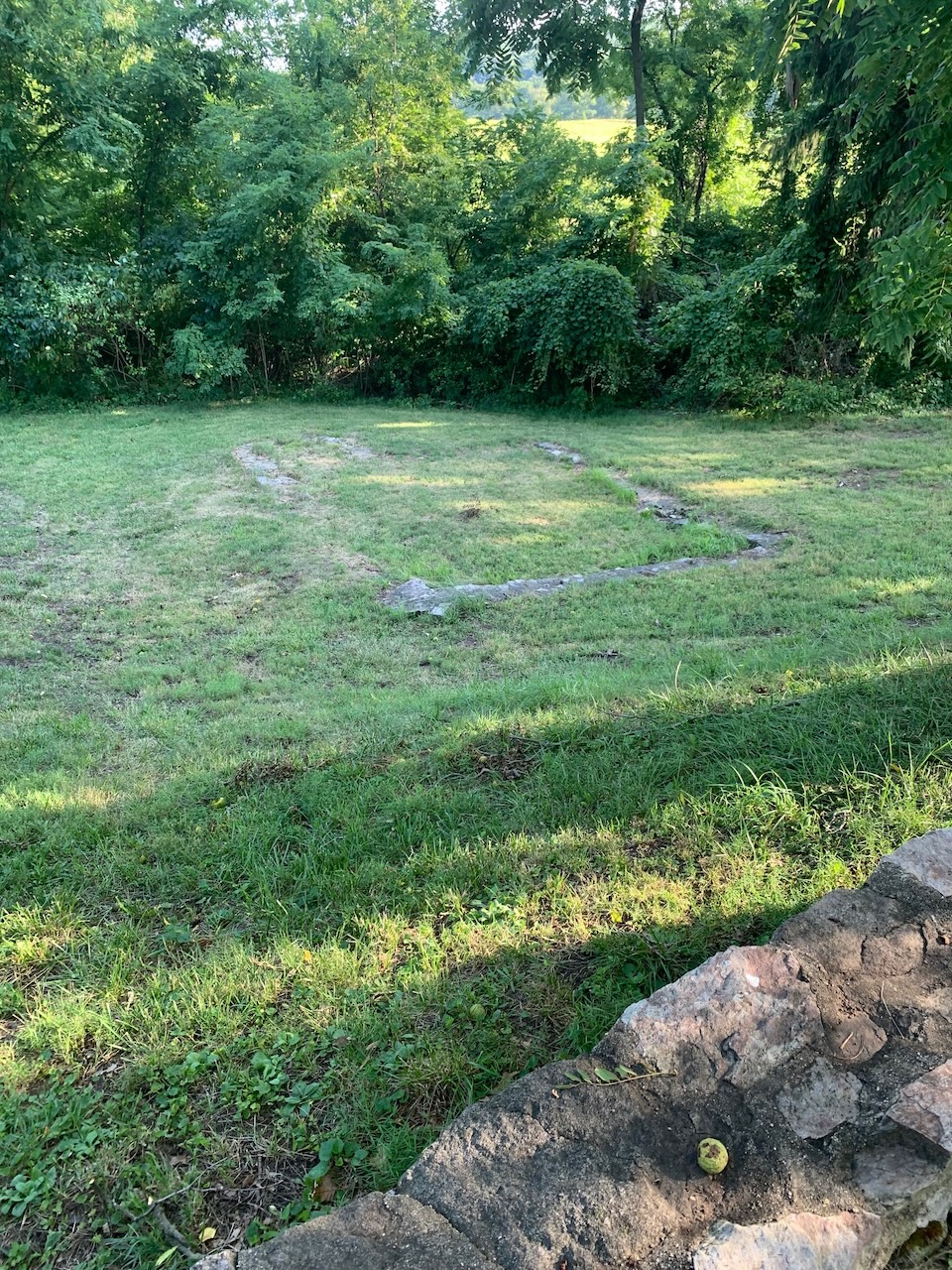
If you don’t have time to do much walking, there is an encampment tour that takes you through many of the key places in the park, such as Washington’s quarters and the artillery park. You can stay in your car for the whole drive, or park and walk around these sights. Valley Forge also offers a cell phone tour and you’re able to choose which stories to listen to. For the whole cell phone tour experience, two to three hours are recommended.
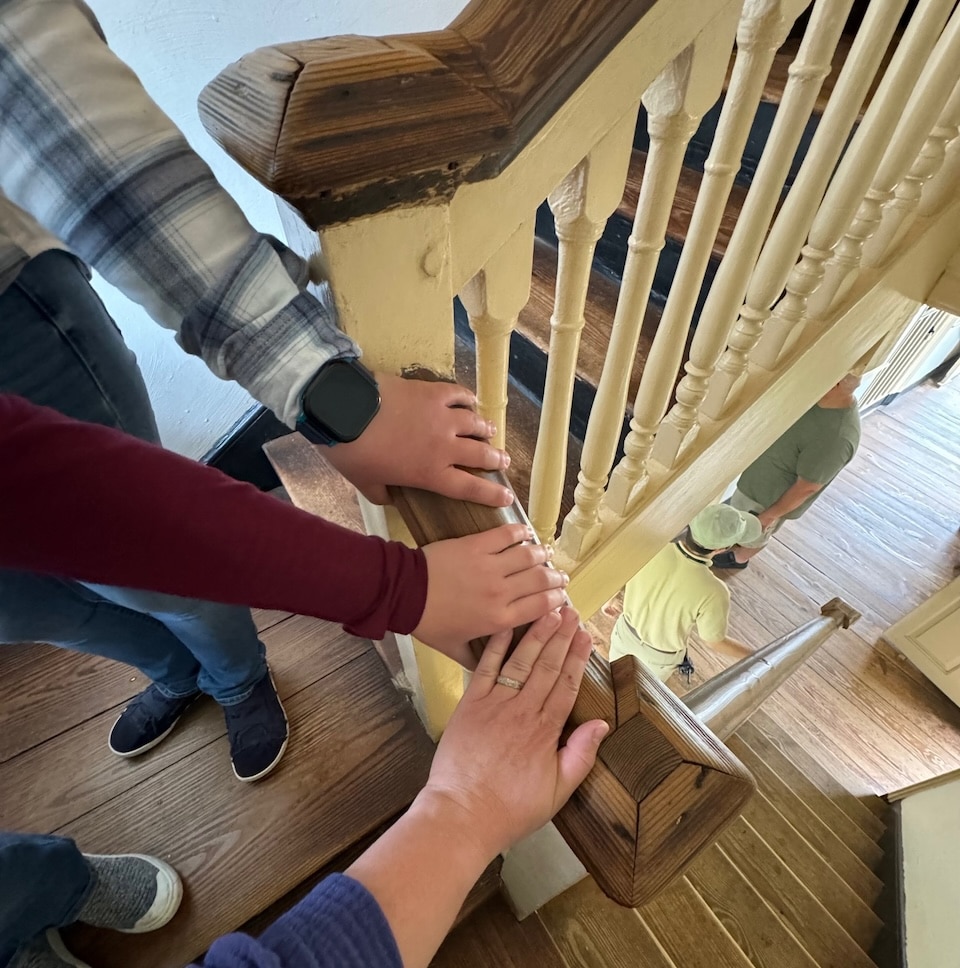
Most locations are wheelchair accessible. The only exceptions I remember are Washington’s quarters, which has stairs, and the Waterman Monument, which was closed during our visit. There wasn’t any information provided, but the old ramp leading down to the monument looked like it needed some work. Once this is fixed though, I imagine it would be wheelchair accessible. Some of the grounds around other quarters might be difficult for elderly or disabled people, too.
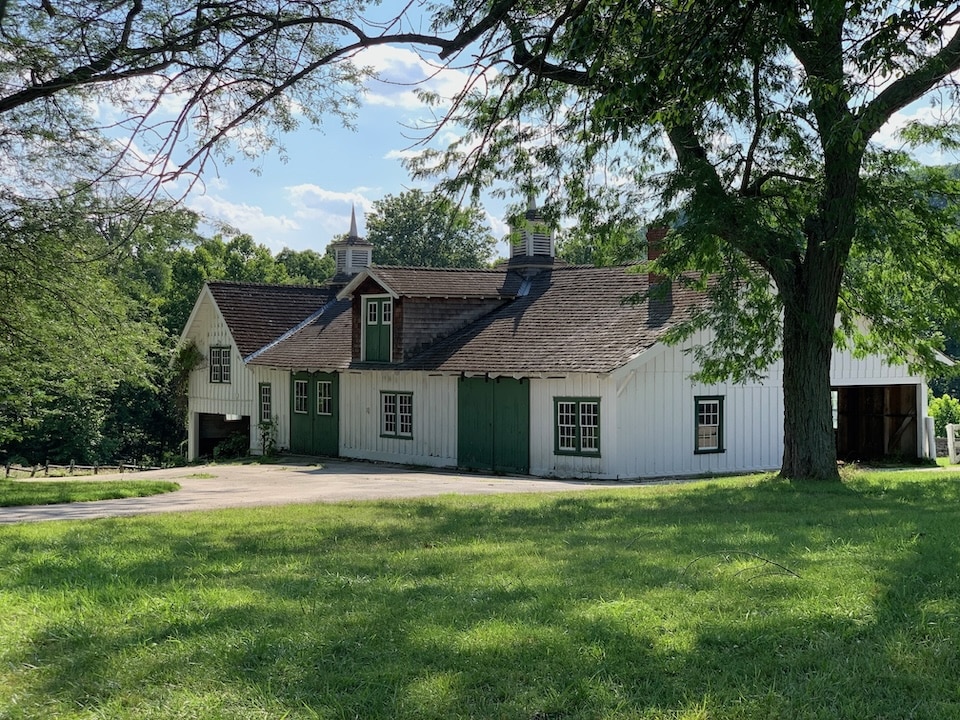
Prior to the army’s stay, the valley was indeed home to a forge. Valley Forge was never the sight of an actual battle, only an encampment. It was close enough to Philadelphia to receive quick news, but far enough away that the British wouldn’t likely attack. Nevertheless, the patriots set to work digging trenches and constructing earthworks to defend themselves. Valley Forge is where the army became an army, thanks to Prussian Baron von Steuben’s training. I have to share one of von Steuben’s quotes here because it perfectly describes the unwillingness to follow orders before he trained the army.
‘I should have been pelted had I attempted it [European military training], and should inevitably have failed. The genius of this nation is not in the least to be compared with that of the Prussians, Austrians, or French. You say to your soldier [in Europe], “Do this” and he doeth it; but [at Valley Forge] I am obliged to say, “This is the reason why you ought to do that,” and then he does it.’
— Baron von Steuben to Baron de Gaudy, 1787-88
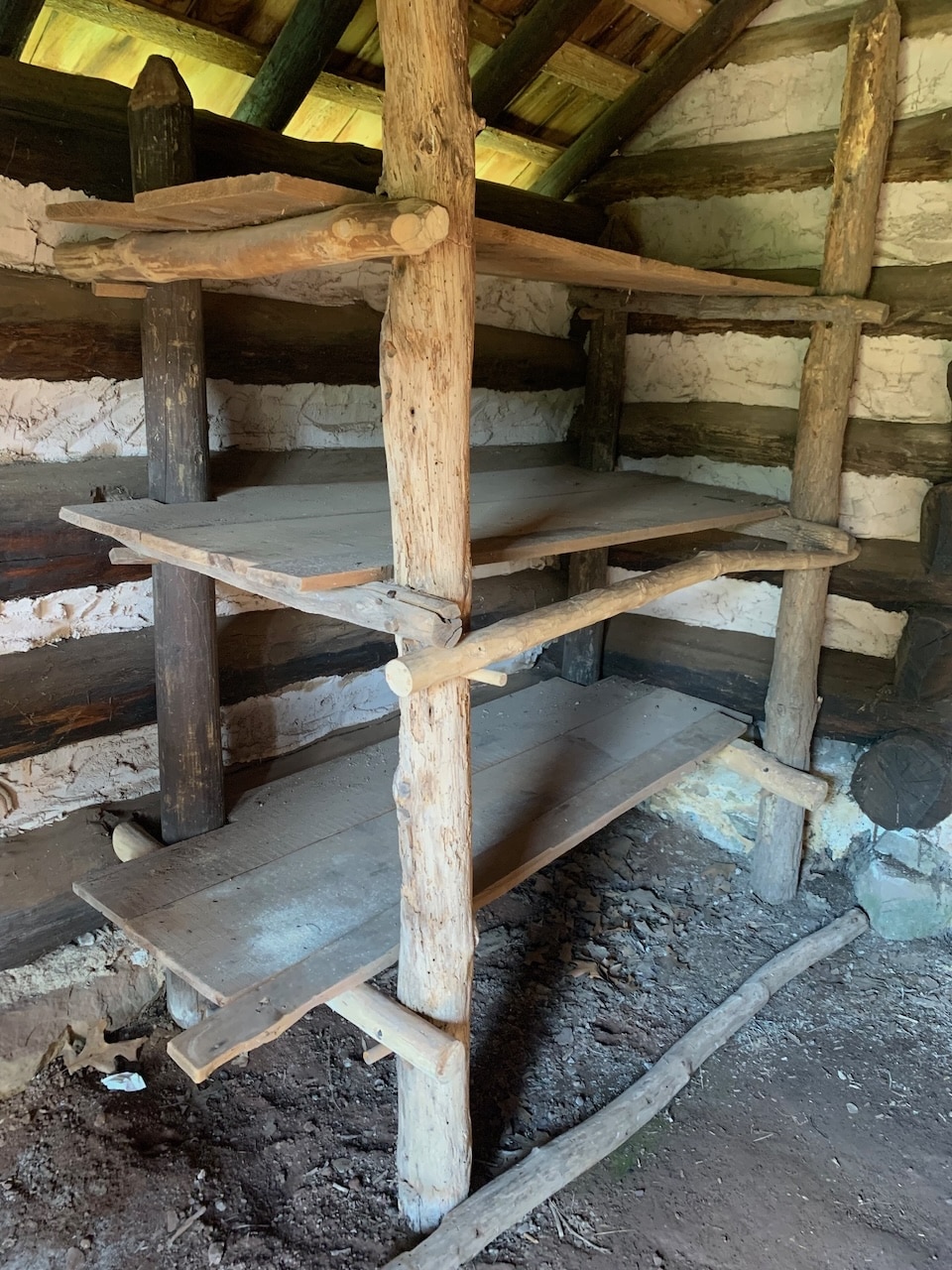
There are reconstructions of the log cabins that the soldiers built during their six-month stays at Valley Forge scattered throughout the park. Many of the reconstructions have a fireplace in the back wall facing the door. Each corner of the cabin has a column of three bunk beds. That’s 12 men sleeping in one 16×14 foot space, according to “USHistory.org.” Unlike the current setup, these huts lined streets built for the encampment, much like a modern city.
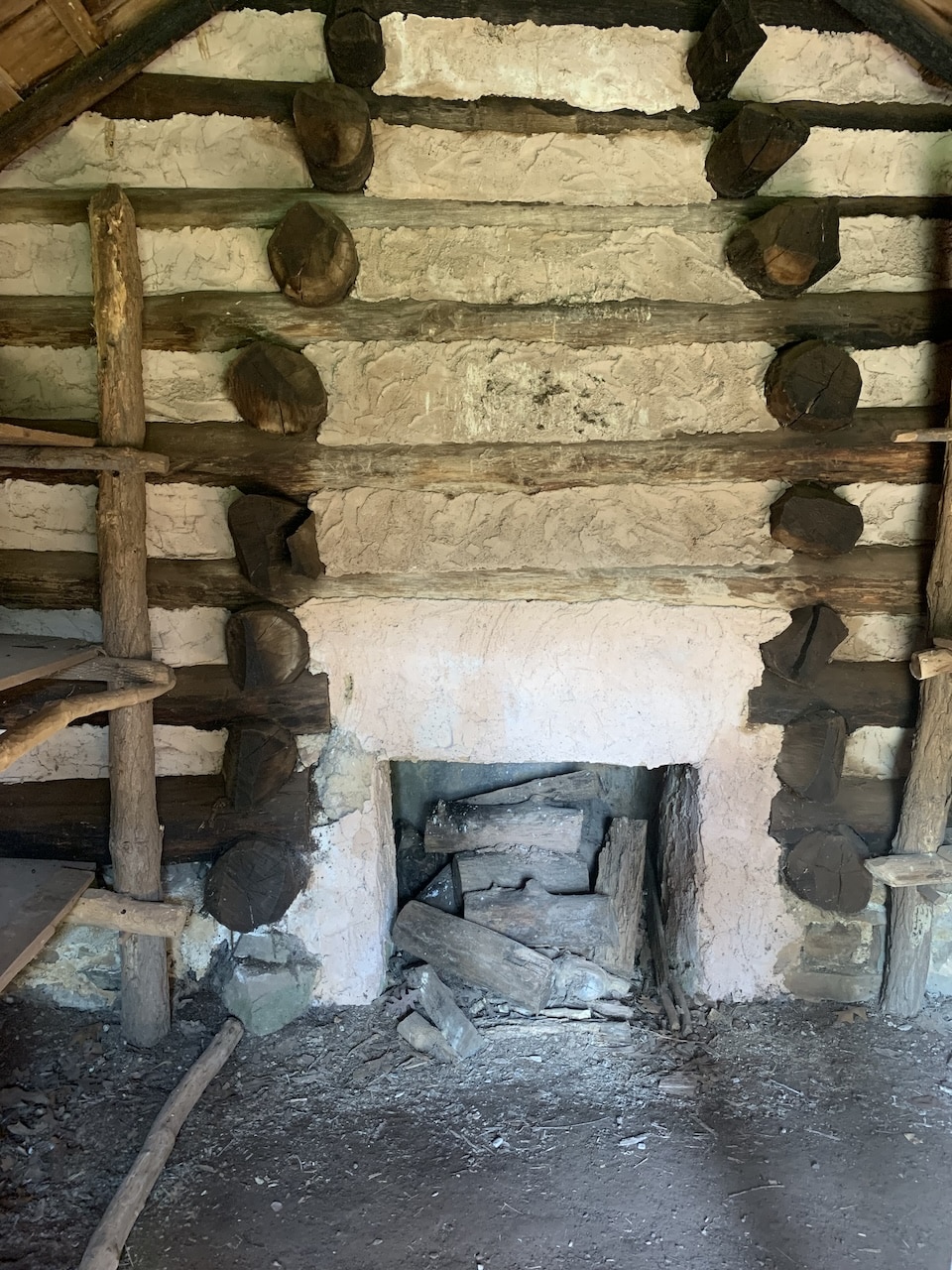
Women had their place in the encampment, too. They traveled the country to be with their soldiering husbands and perform duties such as nursing. Some received compensation for their work. The estimated number of women at the encampment is about 250 to 400, not including their children. Some officers’ wives even stayed at Valley Forge with their husbands, including Martha Washington and Lucy Knox. You may read more about the encampment at the “Valley Forge Muster Roll” and National Park Service websites.
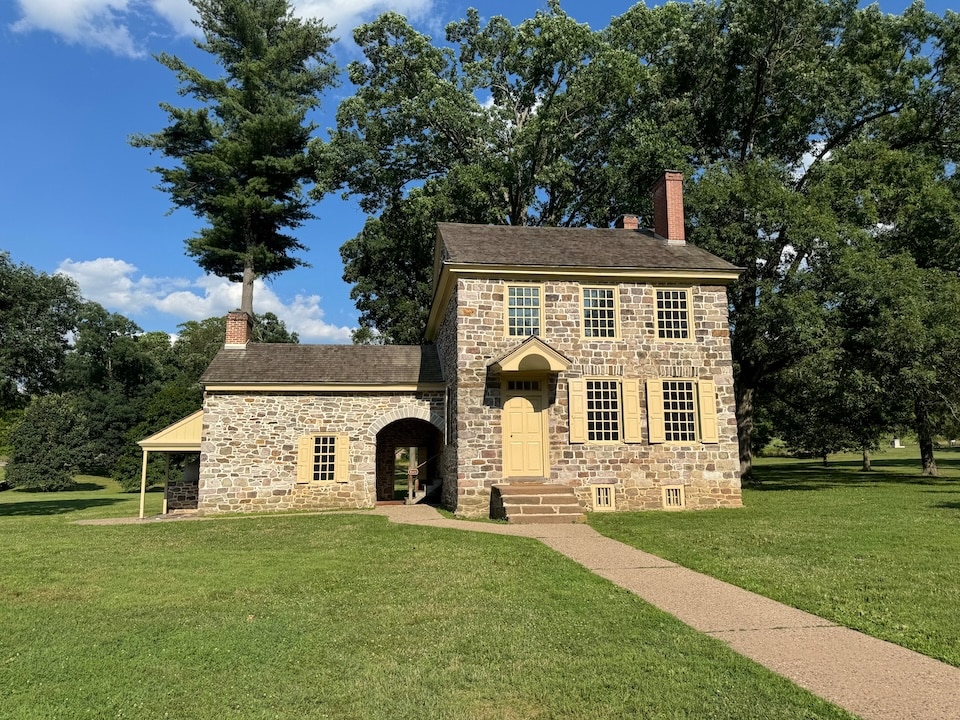
The officers’ quarters are still standing today. George Washington’s quarters are beautifully maintained, and visitors are welcome inside and have the opportunity to talk to volunteers and park rangers. The house is so well preserved that the original handrail Washington used to climb the stairs is still there and functional. It isn’t possible to see the inside of any of the other quarters, except through the windows, and French General Lafayette’s quarters can’t be accessed at all.
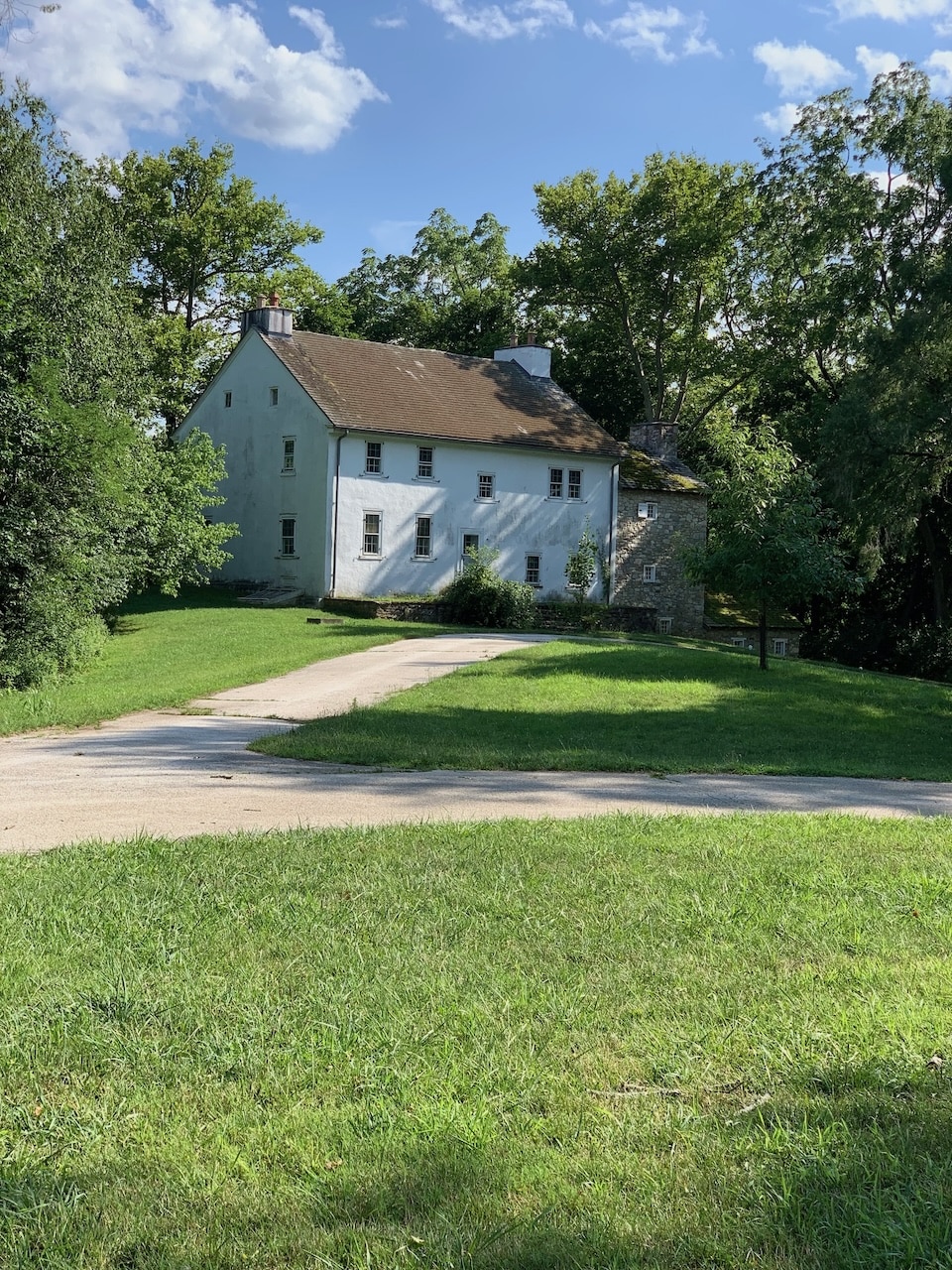
Henry Knox’s quarters are located near one of the park entrances. The house he stayed in is considerably smaller than the house Washington rented, though it has been added on to. There’s a barn located near Knox’s quarters. I recommend peeking in through the windows for a delightful historic surprise.
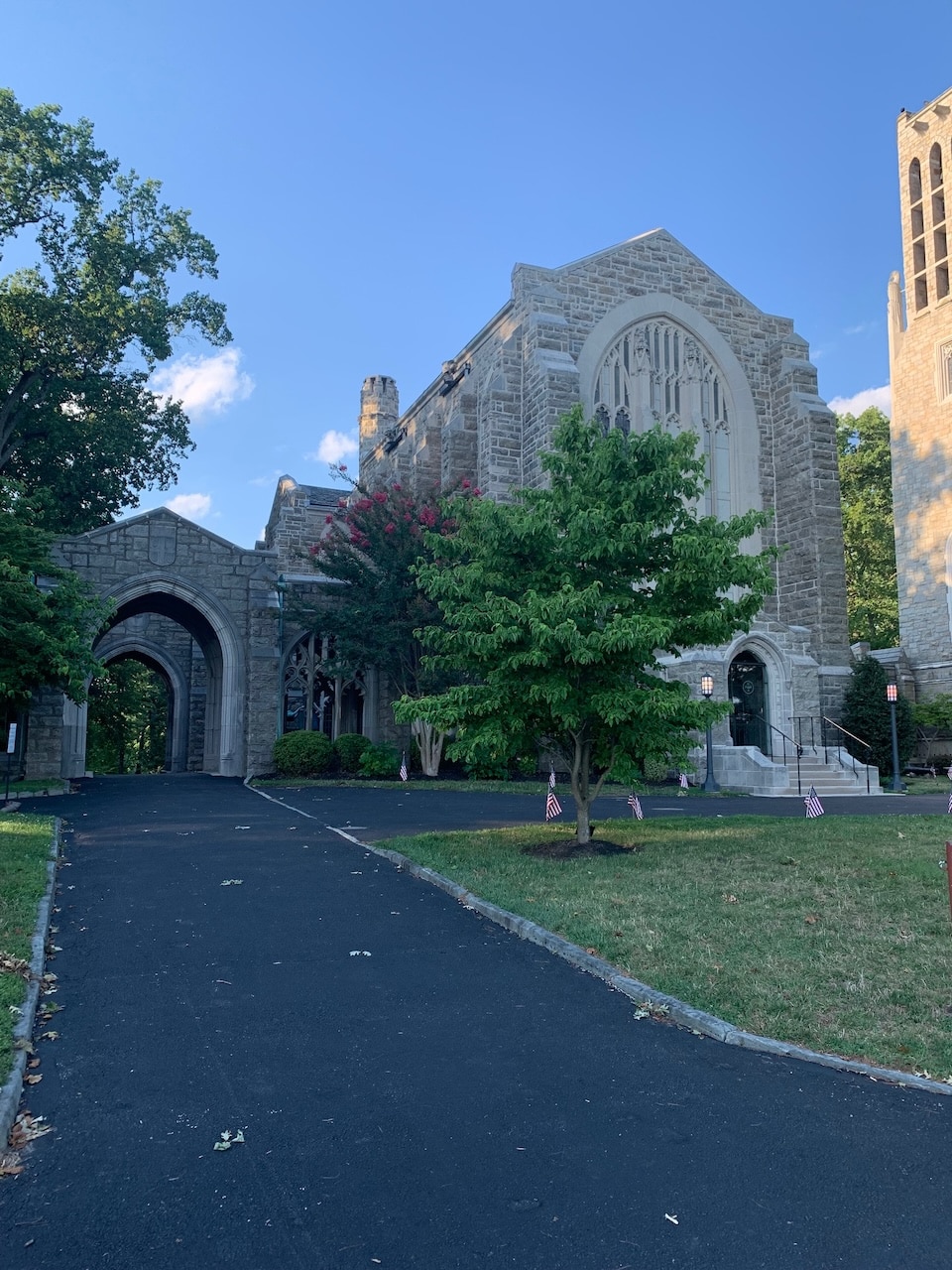
There’s a memorial chapel named for George Washington on the park grounds filled with monuments and signs dedicated by descendants of patriots. Monuments and statues to the men who served are scattered throughout the park, often near where they stayed during the encampment. Some are quite impressive, like the Waterman monument, an obelisk about 50-feet tall. The National Memorial Arch also is an incredible sight.
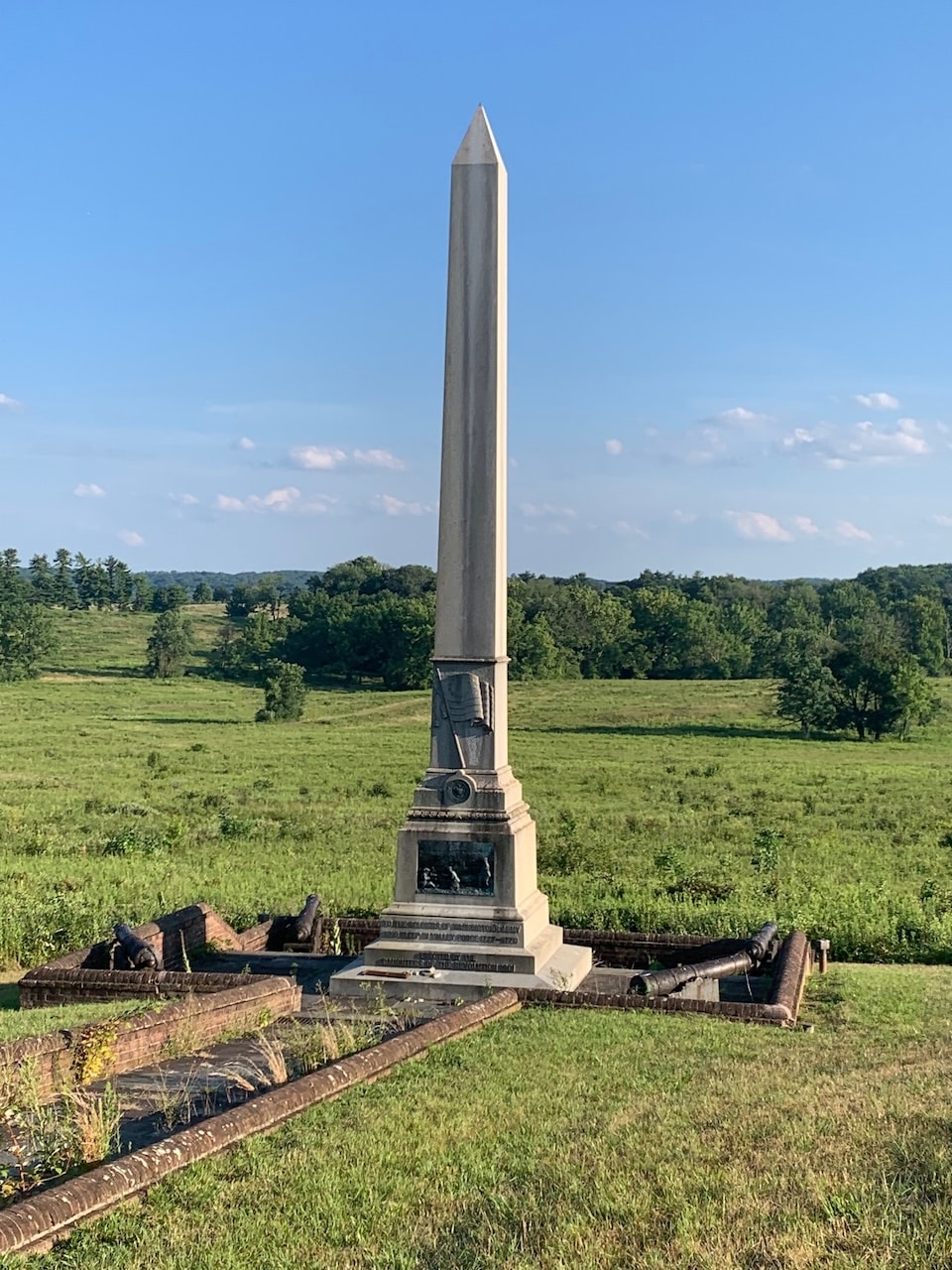
Though Valley Forge has room for improvement, I’m immensely grateful that most of the park is maintained and open to visitors. It’s a lasting testament to the people who dreamed of the day that America would become a reality. It’s where a makeshift group of fighters made camp for the winter, but emerged as an army ready to win the war for independence six months later. It’s part of America’s heritage and it’s our job to instill patriotism and respect for our nation into future generations.
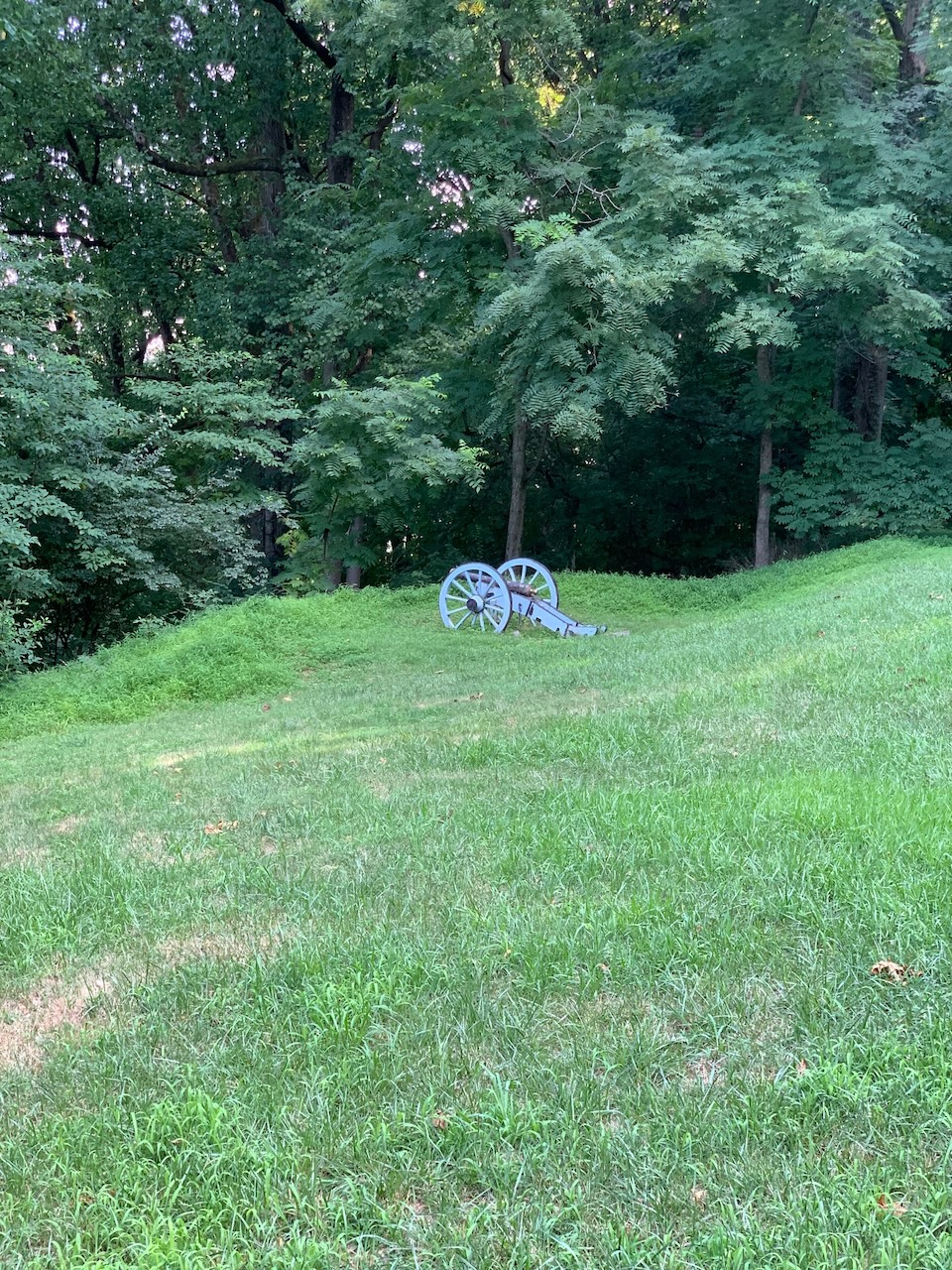
If you have confirmed patriot ancestors, you can search to see if they were at Valley Forge through this link. The database can never be complete, but it is an excellent source.
"Anna" is a teenage girl who loves to write, read, and do just about anything artsy. She enjoys writing about nature crafts and her experiences while learning to hunt and cook wild game. Anna firmly believes that backyard chickens lay the best eggs and that spending time outside with her flock every morning will start the day off happily. She is extremely grateful to her best friend, who inspired her to really take writing seriously. You can find her lost in her latest idea or listening to her sister "Rose" read book quotes. View all posts by Anna